Honey is a staple in many of our kitchens, but how many of us actually know how it’s made?
Flowers produce a sugary nectar to attract pollinating insects such as honeybees. Bees are drawn to these flowers, where they happily slurp up the nectar. They store their sweet treat in a special pouch, or sac, until they return to their hive. A bee will visit between 50 and 100 flowers on every trip.
While a bee collects her nectar, the flower’s pollen sticks to her body and legs. As the bee travels, she brings pollen with her, moving it from flower to flower and picking up more as she goes. This system of pollination is the main reason why bees play such a crucial role in our ecosystem.
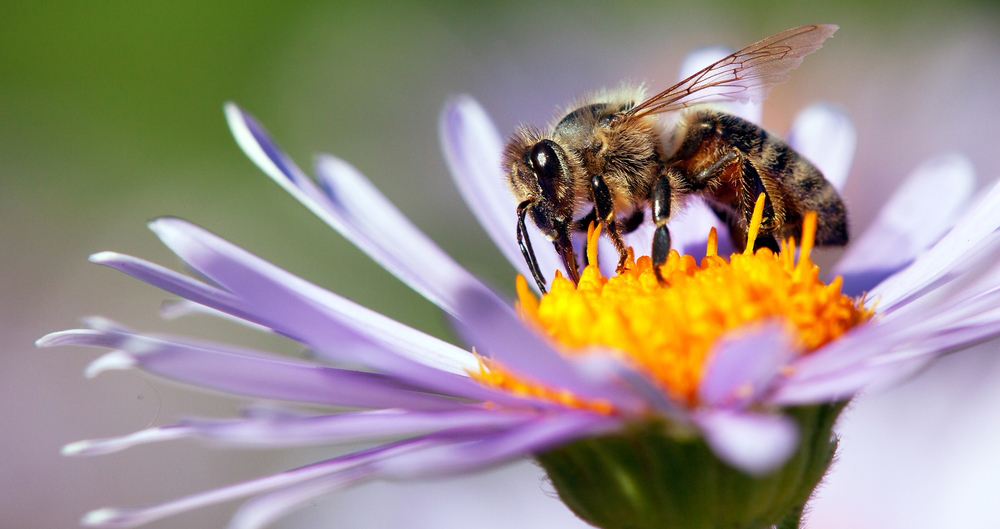
Once they return to the hive, the bees regurgitate the nectar and pass it over to the relevant bees inside — every worker bee has its own specific job, and others may be attending the queen or repairing the hive. The nectar is passed from bee to bee, reducing its moisture content from 70% to about 20%, and transforming the nectar into honey. The honey is placed into honeycomb storage cells and capped with beeswax, ready to feed baby bees.
Before heading back out in search of more pollen, each bee will clean herself so that she can work more efficiently.
And now that you know how it’s made, here are some very good reasons to include Irish honey in your diet.
- Honey is antibacterial, antiviral and antifungal — so it won’t just soothe your sore throat, but will also combat lingering viruses or bacteria while it’s at it.
- Honey also includes vitamins and minerals as well as a wealth of antioxidants. It’s the only food that contains pinocembrin, an antioxidant associated with improved brain function.
- Honey is very effective at suppressing coughs – perfect for sniffly season.
- Evidence of honey being prescribed as a medical treatment dates back as far as ancient Mesopotamia. Because honey is so inhospitable to bacteria, it was often used as a natural bandage to protect cuts and burns from infection.
- Honey is a prebiotic, providing sustenance to the healthy bacteria in our gut.
- We’re all aware by now that honeybee populations are increasingly endangered due to a combination of factors, including loss of habitat and the widespread use of chemical pesticides. Buying honey from local Irish beekeepers is one way to support bee communities. (Others include banning the use of chemicals in your own garden and planting plenty of bee-friendly flowers.)
Test kitchen tip
It’s perfectly natural for honey to crystallise, and it’s still absolutely fine to eat. If you want it to return to its liquid state, simply place the jar in a pot of warm water for a few minutes.
Did you know?
Honey is the only food that will never go off, provided it’s kept in an airtight container. Some of the oldest honey found in tombs of the Egyptians dates back several thousand years. Honey contains low moisture levels and is naturally acidic, making it difficult for bacteria to grow.
If you’re in the mood to cook with honey, here are a few of my favourites…
Pork and peach skewers with harissa and honey
St. Tola tartines with honey rhubarb compote
Honey-glazed mackerel with pickled cucumber and Danish potatoes
Sautéed summer fruits with honeyed Mascarpone
… or find this delicious honeyed Ricotta toast with grilled citrus and thyme in the January edition of Eat Ireland.
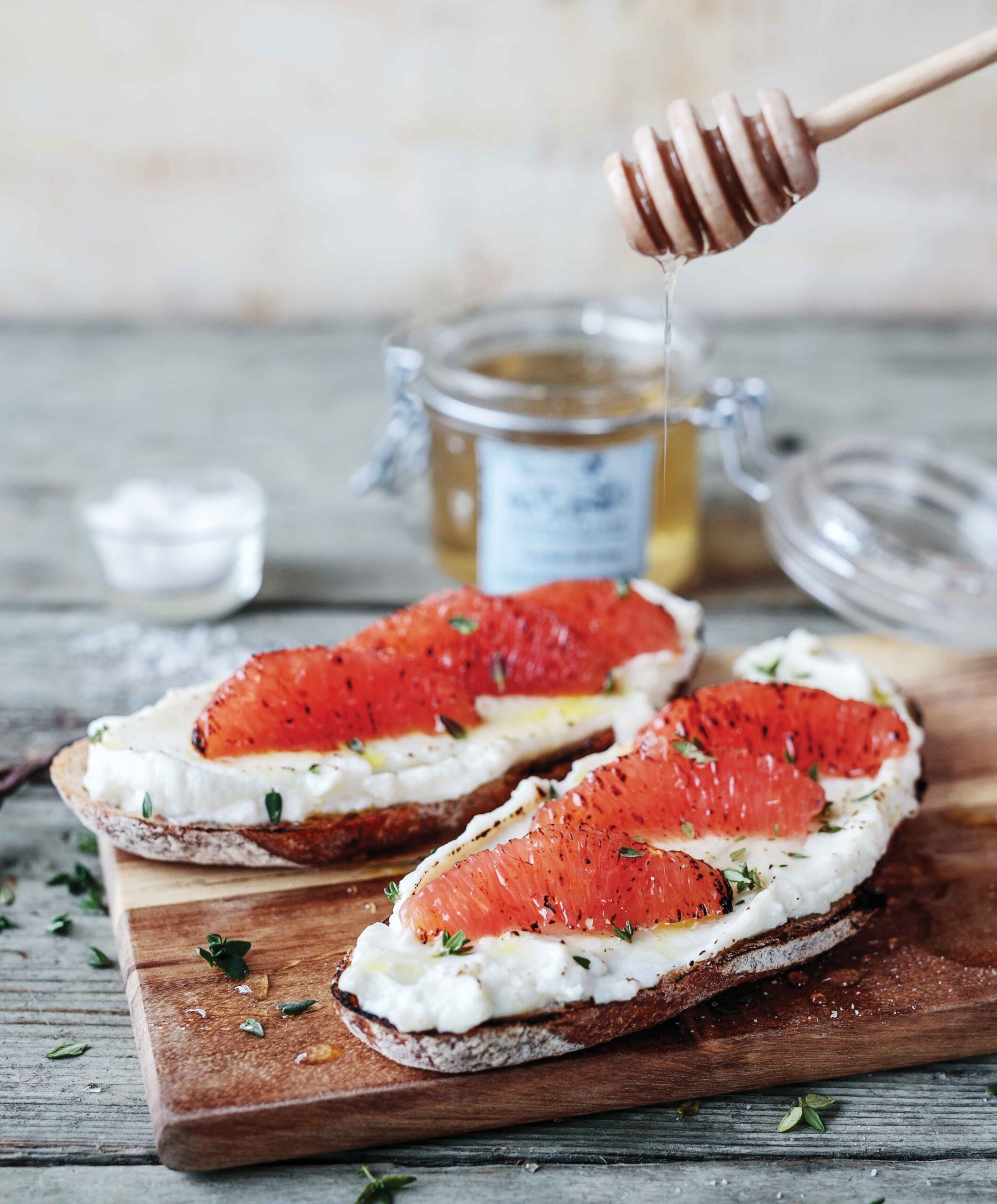
- summer events
- small business
- gut health
- OATLY
- healthy
- Crudo
- top tips
- All Together Now
- fridge cake
- Events Waterford
- me auld flower
- Events Ireland
- food festival
- news
- dublin
- events Dublin
- dublin festival
- Home-Cooking
- food and drink festival
- online cooking course
- festival line-up
- cooking
- Summer festival
- eco-friendly
- Events
- cosy
- Festivals Ireland
- wine
- Body & Soul
- grapes
- music festival
- south africa
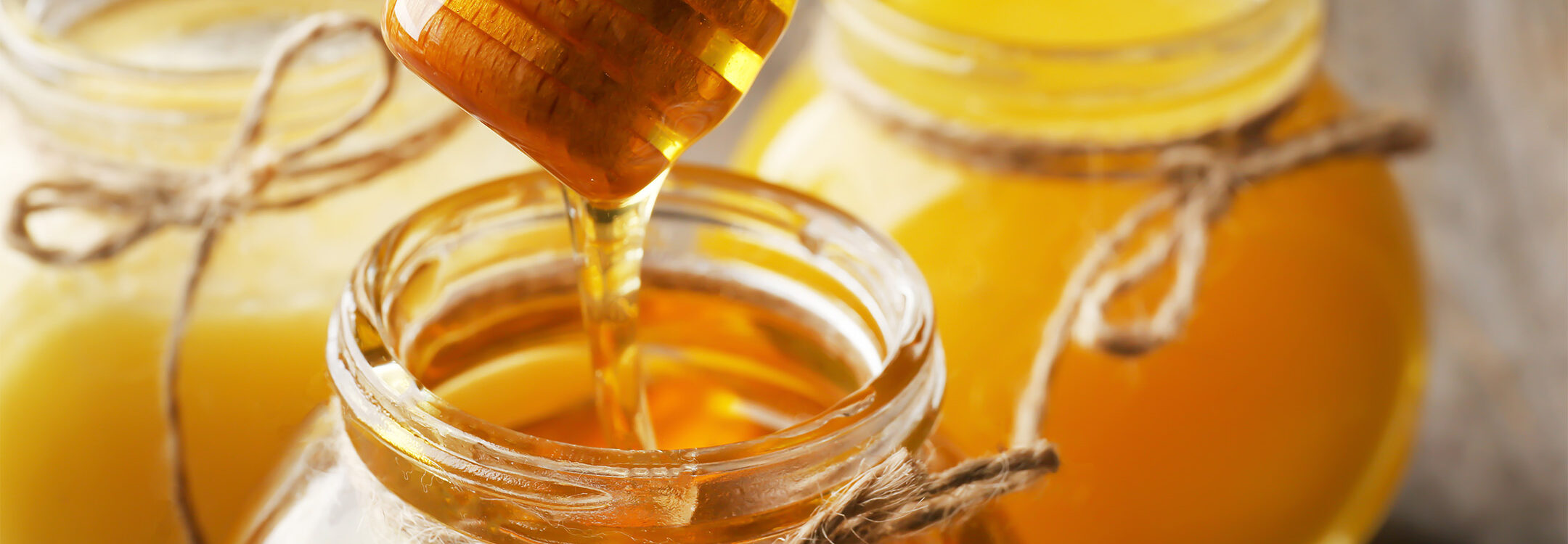
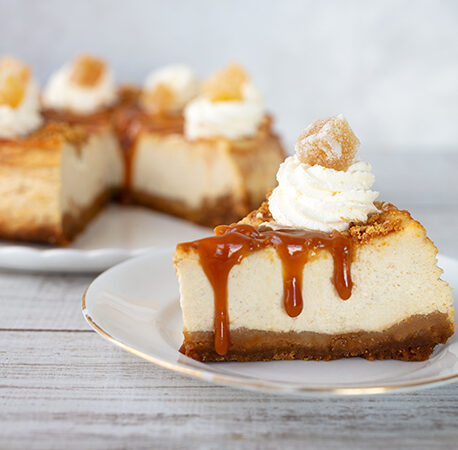
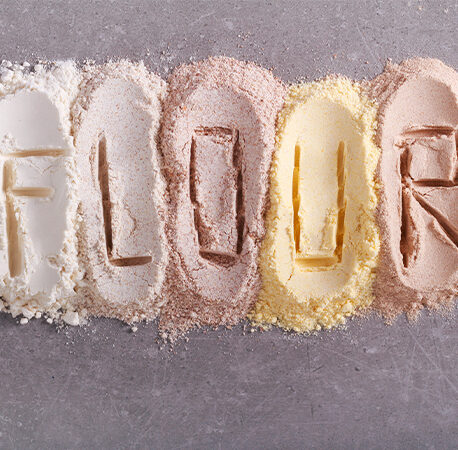
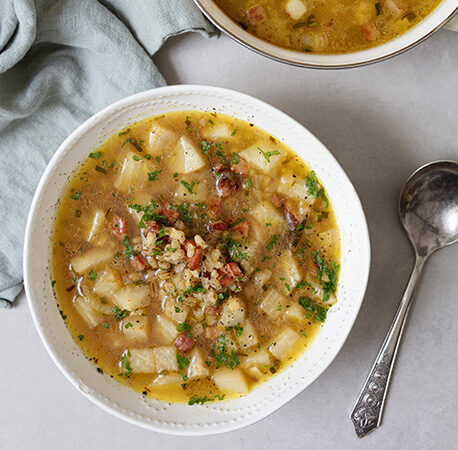
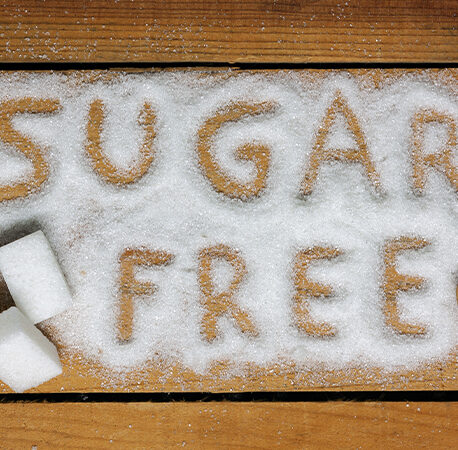
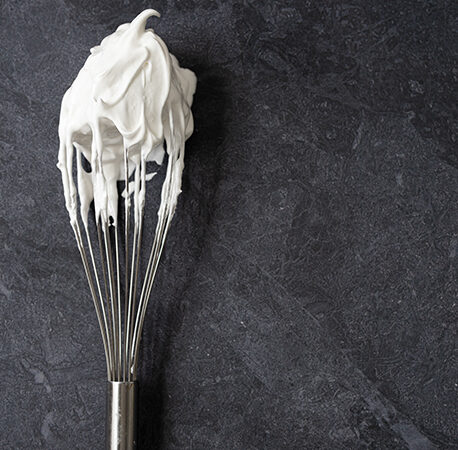
You have to be signed in to comment this post.